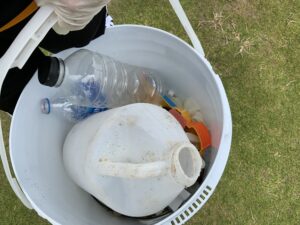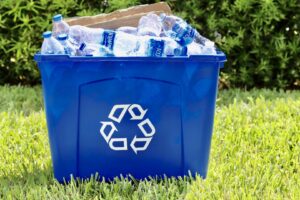Though recycling is an environmental winner compared to landfilling, waste prevention is
better. We should all cut down on we all use. Reducing what we use should always be the first
priority. The sustained growth in reuse efforts, as well as the sustained interest of the reuse
industry, comes from the solid waste reduction hierarchy: Reduce, Reuse, then Recycle. It is
best to reduce first, reuse as a second option, then to resort to recycling. The absolutely best
way to stop trash is to stop buying and using products that are not durable, reusable, or
repairable. Reducing waste is easy if you follow some of the tips below.
Buy well-made products
When you purchase long-lasting clothes, housewares, and electronics, you’ll trash them less
often. Even better, when possible, buy used goods. Tap friends, neighbors, consignment shops,
garage sales, flea markets, and secondhand e-commerce sites first—especially for things like
Halloween costumes or that power washer you’ll use just once or twice. If you have kids, as
items are outgrown, pass them on or resell them.
Reduce Your Packaging Purchases
Avoiding products wrapped excessively in plastic or packaged in boxes and bags is a good way to generate less waste. This will also save energy and natural resources.
- Avoid packaging when possible. Use your own reusable bag or container.
- Avoid single-use cleaning products.
- Buy large economy-sized products instead of individually wrapped items. For food, buy the largest size you can use before spoiling.
- Buy items in bulk, in concentrate, or in refillable packages.
Borrow, Rent, and Share!
Many of us have tools and other items that we don’t use on a regular basis. Consider sharing them with your neighbors and friends. Renting is also a great option. Good candidates include:
-
- Power tools, ladders, garden tillers
- Boats and other outdoor equipment
- Formal wear
- Party decorations and supplies (tables etc.)
- Audiovisual equipment


